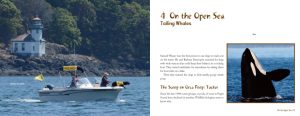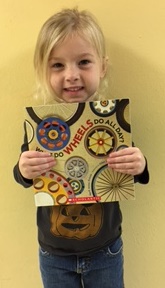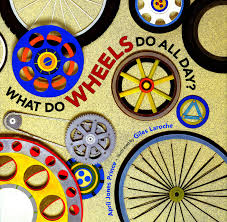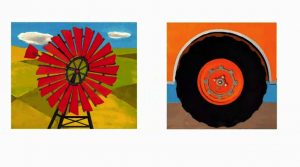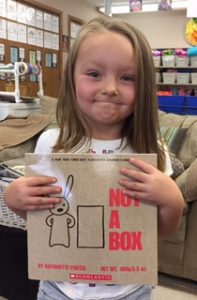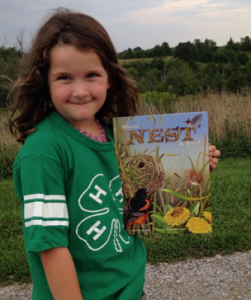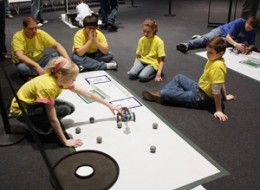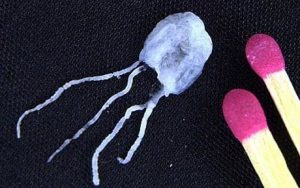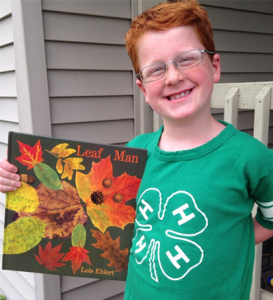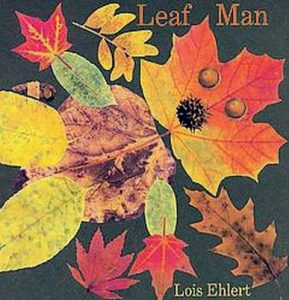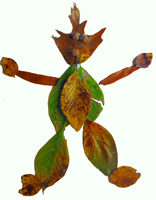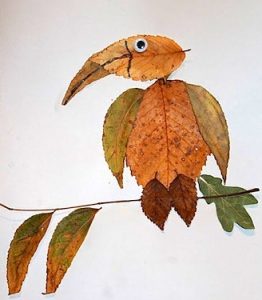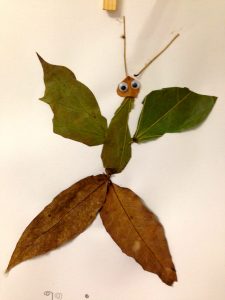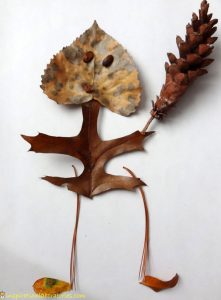Due to popular demand, the subject of poop is back! You may remember when we featured Poop Detectives. This time, the picture book Track that Scat! by Iowa writer Lisa Morlock takes readers on a journey to learn more about animals through tracking their footprints and scat (the scientific word for poop). Along with the rhyming text, non-fiction side bars feature lively facts about each animal.
 These charming two-year old twins, James and Oren, are big fans of the outdoors. Besides books, they love camping, hiking and getting dirty whenever possible. The twins sat down with their mom to read this book. Check out what they remember most.
These charming two-year old twins, James and Oren, are big fans of the outdoors. Besides books, they love camping, hiking and getting dirty whenever possible. The twins sat down with their mom to read this book. Check out what they remember most.
Q: What is this book about?
Oren’s A: Poop
James’ A: Scat
Q: What was the best part about this book?
Both A: When she steps in poop
Q: What part of this book made you smile?
Both A: The pooping
Q: What part of the book surprised you most?
Both A: The rabbit’s “eek eek!”
Q: What part of the book worried or concerned you?
Both A: The fox’s “snort-snarl”
Q: What did you learn from reading this book?
James’ A: About poop and the skunk
Oren’s A: About the fox and raccoon
Q: List three words that best describe this book.
Both A: Dog, poop, song
Q: What was your favorite line or phrase from the book?
Both A: The raccoon page
Q: Who else should read this book AND why?
Both A: Daddy and Mom
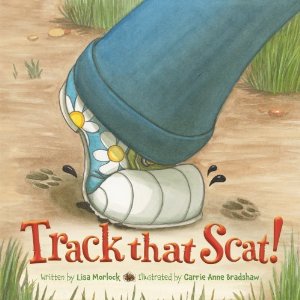 Among other awards, the book was named one of National Science Teacher’s of America (NSTA) 2013 Honor Books. If you’re an educator, naturalist, scout leader, or care provider looking for educational ideas and activities to use in conjunction with the book, please download this PDF by Sleeping Bear Press.
Among other awards, the book was named one of National Science Teacher’s of America (NSTA) 2013 Honor Books. If you’re an educator, naturalist, scout leader, or care provider looking for educational ideas and activities to use in conjunction with the book, please download this PDF by Sleeping Bear Press.
![]() If you’re looking for more books recommended by the National Science Teacher’s Association, look for this seal of approval. Visit their website for a complete list.
If you’re looking for more books recommended by the National Science Teacher’s Association, look for this seal of approval. Visit their website for a complete list.







